Energy-Efficient Obstacle Avoidance Optimization for Multi-Vehicle Systems Based on an Improved Artificial Potential Field with PID Control
DOI: 10.23977/autml.2025.060116 | Downloads: 4 | Views: 196
Author(s)
Guanghong Liang 1, Weigang Yan 1, Yongxiang Fan 1
Affiliation(s)
1 School of Energy and Power Engineering, University of Shanghai for Science and Technology, Shanghai, China
Corresponding Author
Guanghong LiangABSTRACT
In multi-vehicle formation scenarios, obstacle avoidance in unknown environments presents several challenges, such as obstacles near the target, entrapment in local minima, and dynamic obstacle interference. To address these issues in multi-vehicle formation control, this paper proposes an optimization algorithm that enhances the artificial potential field (APF) method with PID control. Simulation experiments demonstrate that, compared to benchmark algorithms, the proposed method achieves reductions of 32.4%, 41.9%, 24.8%, and 32.0% in the number of total iterations, formation efficiency function value, energy consumption, and iteration standard deviation, respectively. The improved approach effectively resolves slow obstacle avoidance near the target, overcomes local minima issues, handles dynamic obstacles, exhibits enhanced robustness, and realizes energy-efficient obstacle avoidance in complex environments.
KEYWORDS
PID Control; Multi-Vehicle Systems; Formation Obstacle Avoidance; Leader–Follower Method; Artificial Potential Field; Energy EfficiencyCITE THIS PAPER
Guanghong Liang, Weigang Yan, Yongxiang Fan, Energy-Efficient Obstacle Avoidance Optimization for Multi-Vehicle Systems Based on an Improved Artificial Potential Field with PID Control. Automation and Machine Learning (2025) Vol. 6: 135-145. DOI: http://dx.doi.org/10.23977/autml.2025.060116.
REFERENCES
[1] Dahiya, A., Aroyo, A. M., Dautenhahn, K., and Smith, S. L. (2023). A survey of multi-agent Human–Robot Interaction systems. Robotics Aut. Syst. 161, 104335. doi:10.1016/j. robot.2022.104335
[2] Cheng, C., Zhu, D., Sun, B., Chu, Z., Nie, J., and Zhang, S. (2015). "Path planning for autonomous underwater vehicle based on artificial potential field and velocity synthesis," in 2015 IEEE 28th Canadian Conference on Electrical and Computer Engineering (CCECE), Halifax, NS, Canada (IEEE), 717–721. doi:10.1109/CCECE. 2015.7129363
[3] Wang, L., Zhu, D., Pang, W., and Zhang, Y. (2023). A survey of underwater search for multi-target using Multi-AUV: task allocation, path planning, and formation control. Ocean. Eng. 278, 114393. doi:10.1016/j.oceaneng.2023.114393
[4] Fan, X., Guo, Y., Liu, H., Wei, B., and Lyu, W. (2020). Improved artificial potential field method applied for AUV path planning. Math. Problems Eng. 2020, 1–21. doi:10. 1155/2020/6523158
[5] Jia, Q., and Wang, X. (2010). “An improved potential field method for path planning,” in 2010 Chinese Control and Decision Conference, Xuzhou, China (IEEE), 2265–2270. doi:10.1109/CCDC.2010.5498836
[6] Yang, X., Yang, W., Zhang, H., Chang, H., Chen, C.-Y., and Zhang, S. (2016). "Anew method for robot path planning based artificial potential field," in 2016 IEEE 11th Conference on Industrial Electronics and Applications (ICIEA), Hefei, China (IEEE), 1294–1299. doi:10.1109/ICIEA.2016.76037841294–1299. doi:10.1109/ICIEA.2016.7603784
[7] Sfeif, J., Saad, M., and Saliah-Hassane, H. (2011). "An improved Artificial Potential Field approach to real-time mobile robot path planning in an unknown environment," in 2011 IEEE International Symposium on Robotic and Sensors Environments (ROSE), Montreal, QC, Canada (IEEE), 208–213. doi:10.1109/ROSE.2011.6058518
[8] Zhang, C. (2018). Path planning for robot based on chaotic artificial potential field method. IOP Conf. Ser. Mater. Sci. Eng. 317, 012056. doi:10.1088/1757-899X/317/1/ 012056
[9] Matoui, F., Boussaid, B., and Abdelkrim, M. N. (2019). Distributed path planning of a multi-robot system based on the neighborhood artificial potential field approach. SIMULATION 95, 637–657. doi:10.1177/0037549718785440
[10] Sun, J., Liu, G., Tian, G., and Zhang, J. (2019). Smart obstacle avoidance using a danger index for a dynamic environment. Appl. Sci. 9, 1589. doi:10.3390/app9081589
[11] Xian-Xia, L., Chao-Ying, L., Xue-Ling, S., and Ying-Kun, Z. (2018). Research on improved artificial potential field approach in local path planning for mobile robot. Comput. Simul. Available at: http: //en. cnki. com. cn/Article_en/CJFDTotal-JSJZ201804063.htm (Accessed December 25, 2023). doi:10.3969/j.issn.1006-9348. 2018.04. 063
[12] Li, G., Yamashita, A., Asama, H., and Tamura, Y. (2012). "An efficient improved artificial potential field based regression search method for robot path planning," in 2012 IEEE International Conference on Mechatronics and Automation, Chengdu, China (IEEE), 1227–1232. doi:10.1109/ICMA.2012.6283526
[13] Wu, Z., Dai, J., Jiang, B., and Karimi, H. R. (2023). Robot path planning based on artificial potential field with deterministic annealing. ISA Trans. 138, 74–87. doi:10. 1016/j.isatra.2023.02.018
[14] Montiel, O., Sepúlveda, R., and Orozco-Rosas, U. (2015). Optimal path planning generation for mobile robots using parallel evolutionary artificial potential field. J. Intell. Robot. Syst. 79, 237–257. doi:10.1007/s10846-014-0124-8
[15] Oh, K.-K., Park, M.-C., and Ahn, H.-S. (2015). A survey of multi-agent formation control. Automatica 53, 424–440. doi:10.1016/j.automatica.2014.10.022.
[16] Cao, J. F., Ling, Z. H., Gao, C., and Yuan, Y. F. (2014). Obstacle avoidance and formation control for multi-agent based on swarming. J. Syst. Simul. Available at: http://en.cnki.com.cn/Article_en/CJFDTotal-XTFZ201403014.htm (Accessed October 17, 2023). doi:10.16182/j.cnki.joss.2014.03.040
[17] Zheng, Z., Li, Y., and Wang, Y. (2022). Research and implementation of multi-agent UAV system simulation platform based on JADE. Cham: Springer. doi:10.1007/978-3-030-99200-2_10
[18] Khatib O . Real-Time Obstacle Avoidance System for Manipulators and Mobile Robots[J]. The International Journal of Robotics Research, 1985, 5(1):90-98
[19] Yang, Y. B., and Wang, C. L. (2013). Obstacle avoidance method for mobile robots based on improved artificial potential field method and its implementation on MATLAB. J. Univ. Shanghai Sci. Technol. Available at: http://www.researchgate.net/publication/312121694_Obstacle_avoidance_method_for_mobile_robots_based_on_ improved_artificial_potential_field_method_and_its_implementation_on_MATLAB (Accessed December 25, 2023). doi:10.13255/j.cnki.jusst.2013.05.009
[20] Cui, B. X., and Song, J. R. (2018). Obstacle avoidance and dynamic target tracking of robot in unknown environment. J. Shenyang Univ. Technol. 40, 292–298. doi:10.7688/j. issn.1000-1646.2018.03.10
[21] Zhang, X., Su, W., and Chen, L. (2019). "A multi-agent formation control method based on bearing measurement," in 2019 4th International Conference on Measurement, Information and Control (New York, United States: IEEE). Available at: http://www.xueshufan.com/publication/3016828710 (Accessed December 26, 2023).
[22] Yanbin, Z., Pengxue, X. I., Linlin, W., Wenxin, F. a. N., and Mengyun, H. a. N. (2018). Obstacle avoidance method for multi-agent formation based on artificial potential field method. J. Comput. Appl. 38, 3380. doi:10.11772/j.issn.1001-9081.2018051119
| Downloads: | 3722 |
|---|---|
| Visits: | 166916 |
Sponsors, Associates, and Links
-
Power Systems Computation
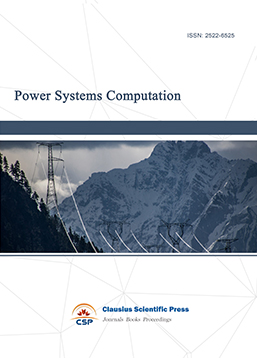
-
Internet of Things (IoT) and Engineering Applications
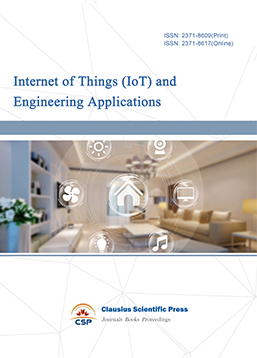
-
Computing, Performance and Communication Systems
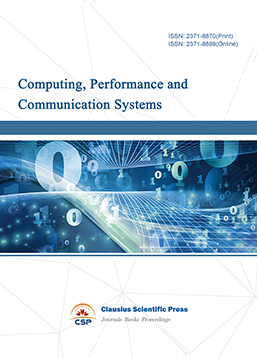
-
Journal of Artificial Intelligence Practice
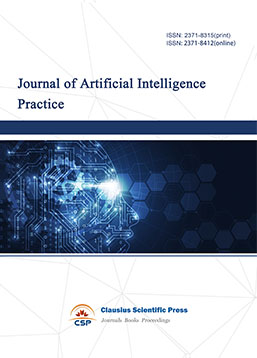
-
Advances in Computer, Signals and Systems
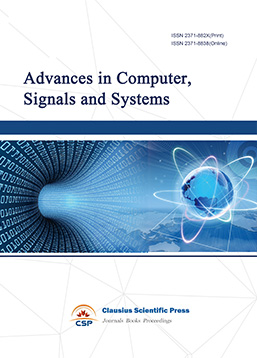
-
Journal of Network Computing and Applications
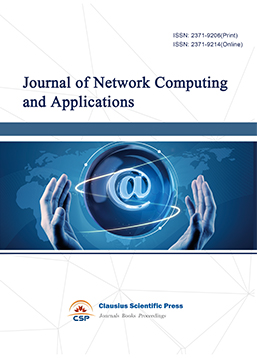
-
Journal of Web Systems and Applications
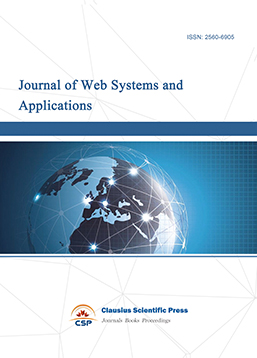
-
Journal of Electrotechnology, Electrical Engineering and Management
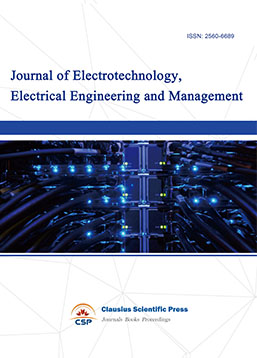
-
Journal of Wireless Sensors and Sensor Networks
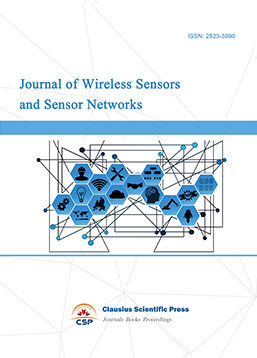
-
Journal of Image Processing Theory and Applications
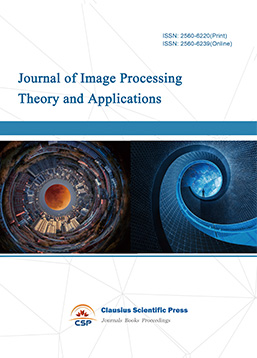
-
Mobile Computing and Networking
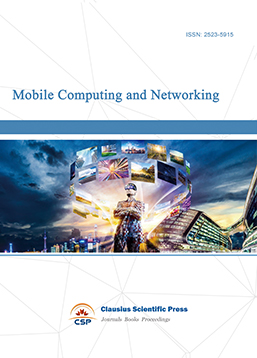
-
Vehicle Power and Propulsion
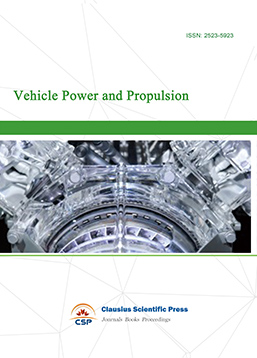
-
Frontiers in Computer Vision and Pattern Recognition
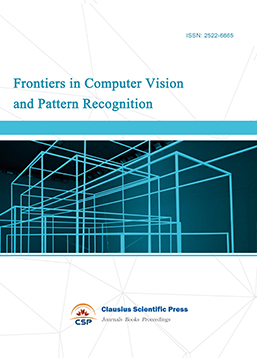
-
Knowledge Discovery and Data Mining Letters
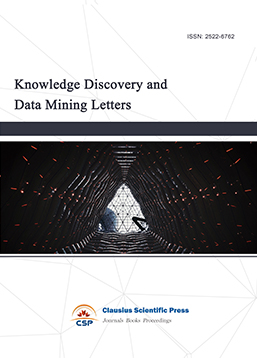
-
Big Data Analysis and Cloud Computing
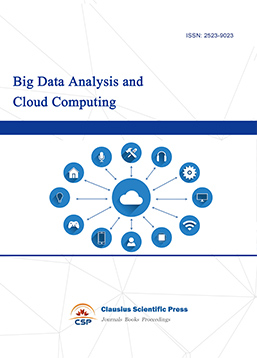
-
Electrical Insulation and Dielectrics
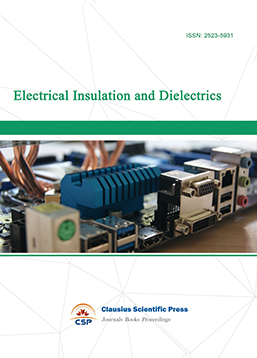
-
Crypto and Information Security
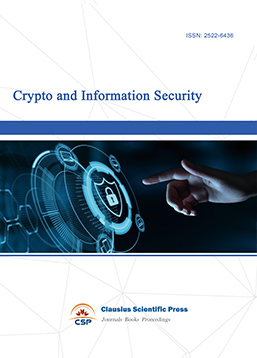
-
Journal of Neural Information Processing
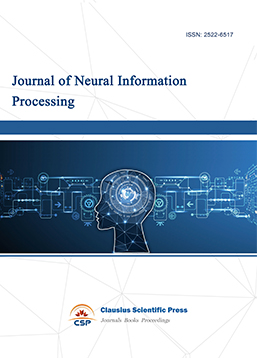
-
Collaborative and Social Computing
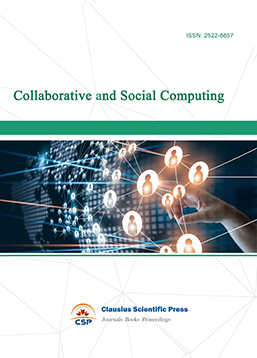
-
International Journal of Network and Communication Technology
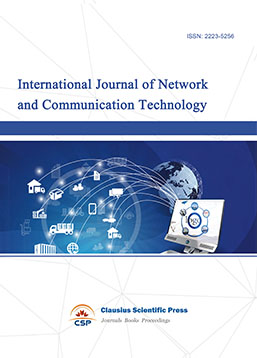
-
File and Storage Technologies
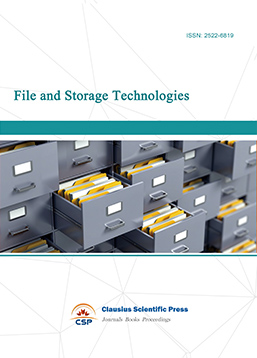
-
Frontiers in Genetic and Evolutionary Computation
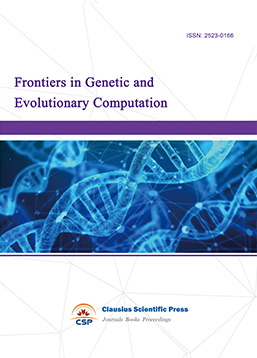
-
Optical Network Design and Modeling
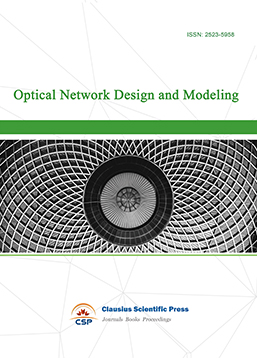
-
Journal of Virtual Reality and Artificial Intelligence
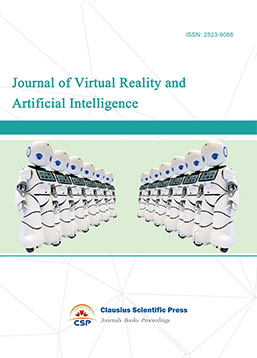
-
Natural Language Processing and Speech Recognition
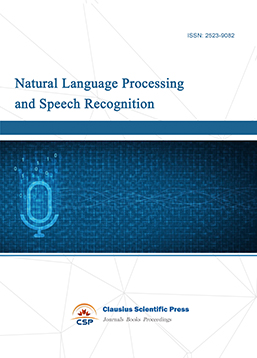
-
Journal of High-Voltage
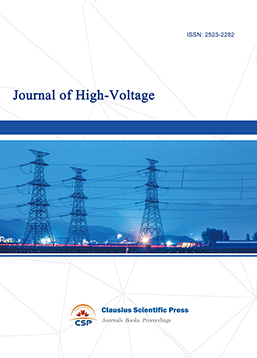
-
Programming Languages and Operating Systems
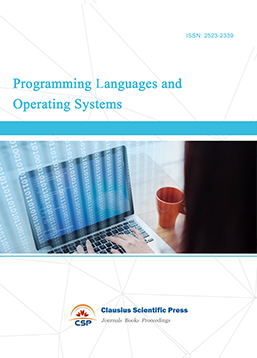
-
Visual Communications and Image Processing
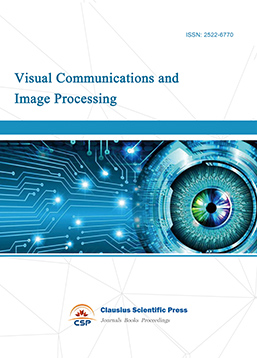
-
Journal of Systems Analysis and Integration
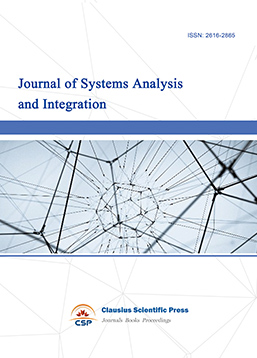
-
Knowledge Representation and Automated Reasoning
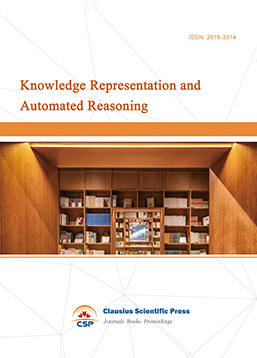
-
Review of Information Display Techniques
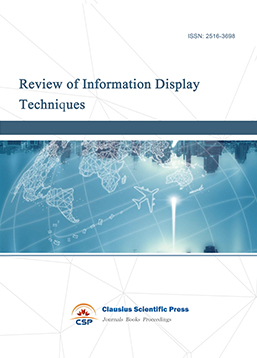
-
Data and Knowledge Engineering
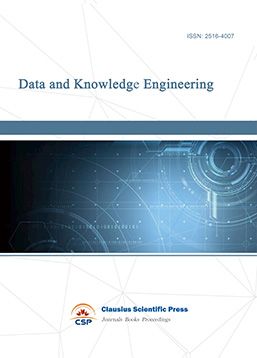
-
Journal of Database Systems
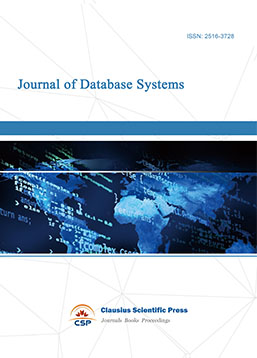
-
Journal of Cluster and Grid Computing
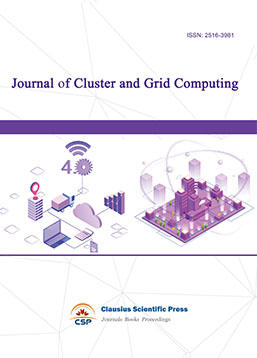
-
Cloud and Service-Oriented Computing
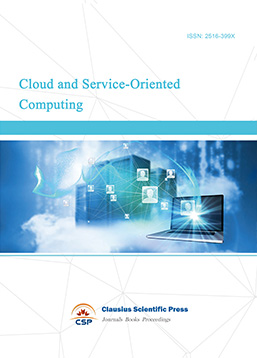
-
Journal of Networking, Architecture and Storage
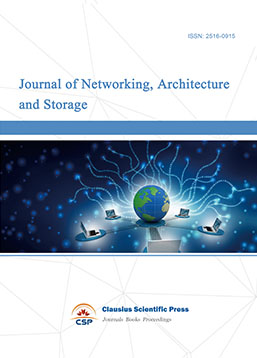
-
Journal of Software Engineering and Metrics
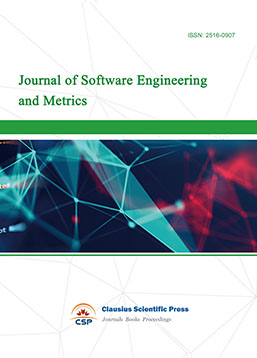
-
Visualization Techniques
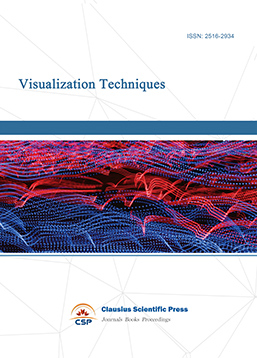
-
Journal of Parallel and Distributed Processing
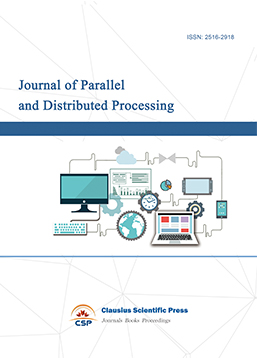
-
Journal of Modeling, Analysis and Simulation
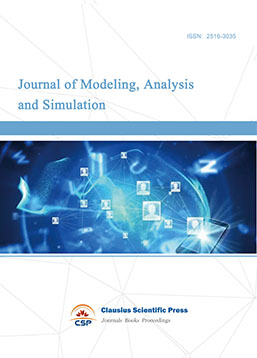
-
Journal of Privacy, Trust and Security
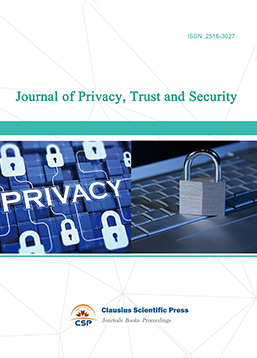
-
Journal of Cognitive Informatics and Cognitive Computing
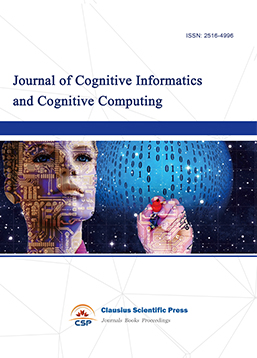
-
Lecture Notes on Wireless Networks and Communications
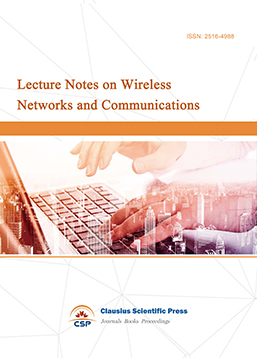
-
International Journal of Computer and Communications Security
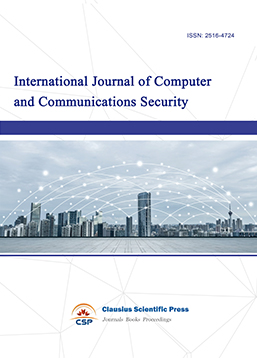
-
Journal of Multimedia Techniques
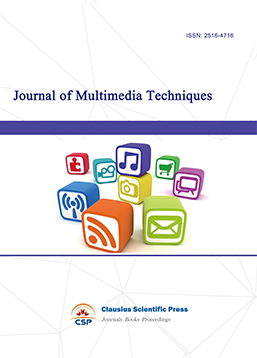
-
Computational Linguistics Letters
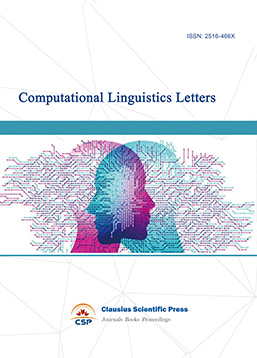
-
Journal of Computer Architecture and Design
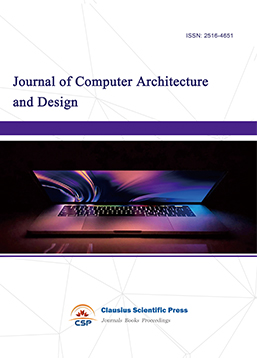
-
Journal of Ubiquitous and Future Networks
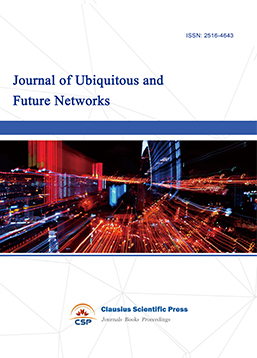

 Download as PDF
Download as PDF